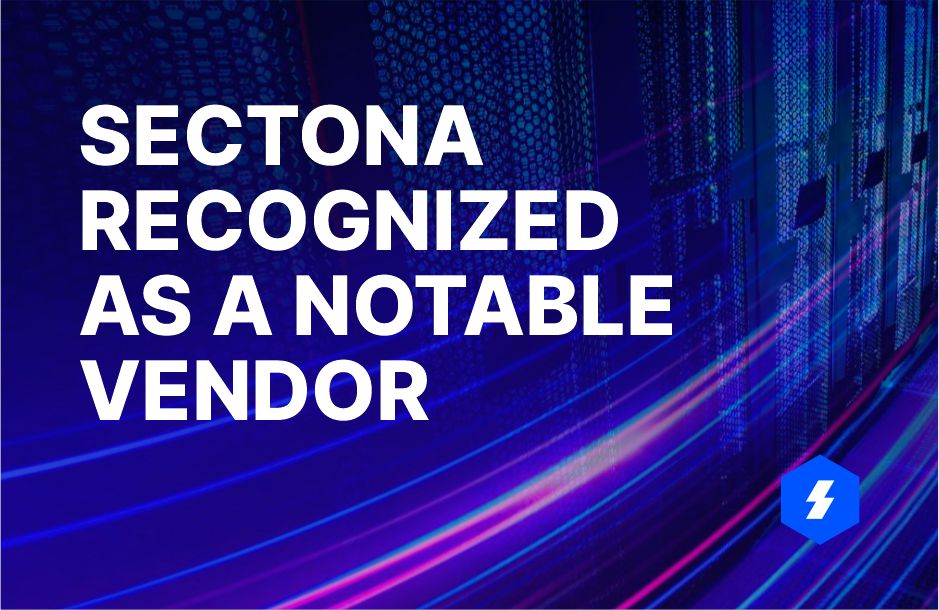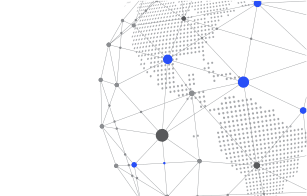Meeting Cyber Security Compliance Using a PAM Solution

Due to the prevalence of data breaches in today’s tech-advanced world, protecting business-critical infrastructure and information has become a significant concern. Global spending on cybersecurity is expected to reach $1.75 trillion (about $5,400 per person in the US) between 2021 and 2025 due to the growing need to safeguard digitized businesses, IoT devices, and consumers from cybercrime.
To ensure digital security, many countries regularly implement new cyber security compliance guidelines and revise existing ones. As these security regulations vary by industry and area, meeting these strict guidelines can be very challenging for organizations.
A PAM Tool Simplifies Cyber Security Compliance
Incorporating a Privileged Access Management (PAM) solution will reduce the risks of illegitimate enterprise privilege escalation and access. It is a vital cybersecurity approach that integrates people, procedures, and technology to manage, protect, and audit all privileged identities and actions inside an organization’s information technology infrastructure.
The capacity to track and identify suspicious occurrences in an environment is crucial, along with restricting access to business-critical networks. When businesses incorporate PAM into their overall security and risk management strategy, they can better track and report on the user sessions in their IT infrastructure. And most importantly, the organizations can also streamline their ability to follow cyber security compliance and audit regulations.
Let us now look at how a modern PAM tool can help businesses comply with three major cyber security compliance regulations PCI DSS, SWIFT CSF and ISO/IEC 27002.
Mitigate Risk with JIT-Privileged Access Policy
Modern PAM tools allow for JIT, or Just-in-Time, access. In the realm of information security, JIT access is a cornerstone practice in which users are only permitted to use systems and applications as long as they need them. This reduces the possibility that an attacker or insider can use their elevated access to breach enterprise security. JIT enables the automated distribution and revocation of privileges.
| PCI DSS | SWIFT CSF | ISO/IEC 27002 | |
| Just In Time Access Policy | Requirement 7 Restrict access to cardholder data by business need to know | Requirement 5.1 Enforce security principles of need-to-know access, least privileged access and segregation of duties for operator accounts | Requirement 9.4.1 Access to information and application system functions should be restricted in accordance with the access control policy |
Sectona PAM comes with an in-built Just-in-Time Access module that helps users define custom access methods based on user type, use ephemeral token-based integration and limit access on a need-to-know basis. The module helps simplify cyber security compliance for PCI DSS requirement 7, SWIFT CSF requirement 5.1 and ISO/IEC 27002 requirement 9.4.1 as mentioned in the table above.
- Address Password Management Needs with Automation
A Privileged Access Management (PAM) tool acts as a secure vault for all privileged credentials, including those belonging to humans and machines. The passwords are stored in encrypted form in a safe digital vault.
When the user logs in, the system immediately retrieves their encrypted password and displays it to them. When necessary, a privileged account’s password reset and password change capabilities enable the reset and change needed actions. To guarantee the passwords’ safety, the passwords are rotated regularly. This way, the attack window is reduced, and credentials are protected against theft.
| PCI DSS | SWIFT CSF | ISO/IEC 27002 | |
| Password Management | Requirement 2 Do not use vendor-supplied defaults for system passwords and other security parameters | Requirement 4.1 Ensure passwords are sufficiently resistant against common passwords through an effective password policy | Requirement 9.4.3 Password management systems should be interactive and should ensure quality passwords |
Sectona PAM helps in the automation of the password management process. Businesses can manage and inventorize privileged accounts across the infrastructure. The password manager in PAM comes with strong password updating capabilities along with discovery, onboarding and rotation of all vendor-supplied default accounts. This also simplifies cyber security compliance.
- Monitor User Activity with Session Recording and Event Logging
It is crucial to know what occurred, when, by whom, and where, in the context of security and compliance. A PAM tool’s ability to monitor and record user sessions in real time adds a layer of protection by helping your business spot and stop fraudulent actions in its tracks.
With this function, auditors may compile and collect detailed records of user behaviour to ensure cyber security compliance with laws and regulations. Moreover, it allows users to monitor and evaluate the activity by searching for certain logs and orders inside a video and then jumping directly to that point in time or watching the complete recording.
| PCI DSS | SWIFT CSF | ISO/IEC 27002 | |
| Log Monitoring and Threat Analytics | Requirement 10 Track and monitor all access to network resources and cardholder data | Requirement 6.4 Record security events and detect anomalous activities and operations within the SWIFT environment | Requirement 9.2.5 Asset owners should review users’ access rights at regular intervals |
Sectona Security Platform facilitates governing user activities during every session to secure organizational resources from unwanted access. It records event logs for different types of sessions in both video and command/text format.

- Legitimate User Access with Multi-Factor Authentication (MFA)
Combining PAM with MFA gives businesses extra protection for their most sensitive accounts. MFA system is a front-end implementation of an additional security measure for logging in users. When credentials are compromised, MFA verifies the user’s identity attempting to access the PAM system. The PAM tool then issues a one-time password to the specified computers, thereby avoid illegitimate privileged access. PAM software limits user access to the resources they need to do their jobs by the concept of least privilege.
| PCI DSS | SWIFT CSF | ISO/IEC 27002 | |
| Multi Factor Authentication (MFA) | Requirement 8 Identify and authenticate access to system components | Requirement 4.2 Prevent compromise of a single authenticator factor that authorized access to SWIFT systems by implementing multi-factor authentication | Requirement 9.4.2 Where required by the access control policy, access to systems and applications should be controlled by a secure log-on procedure. |
Sectona MFA supports Email, SMS, and APP-based tokens. Businesses can implement it readily with cloud-based MFA solutions like Okta, Duo, and Google Authenticator. MFA mechanisms leveraging hard tokens like YubiKey, or RSA can also be explored with Sectona MFA. Any other third-party integrations can be configured with the help of the General Radius Platform.
Sectona Security Platform
The Sectona Security Platform streamlines the management and security of privileged accounts from creation until deletion. Get in touch with us to know more about the working of a PAM solution and its part in achieving cyber security compliance.
Related Reading: How to segregate duties and user access rights with Privileged Access Governance.
Privileged Access Management is not just another security option but a necessity. Read why.



